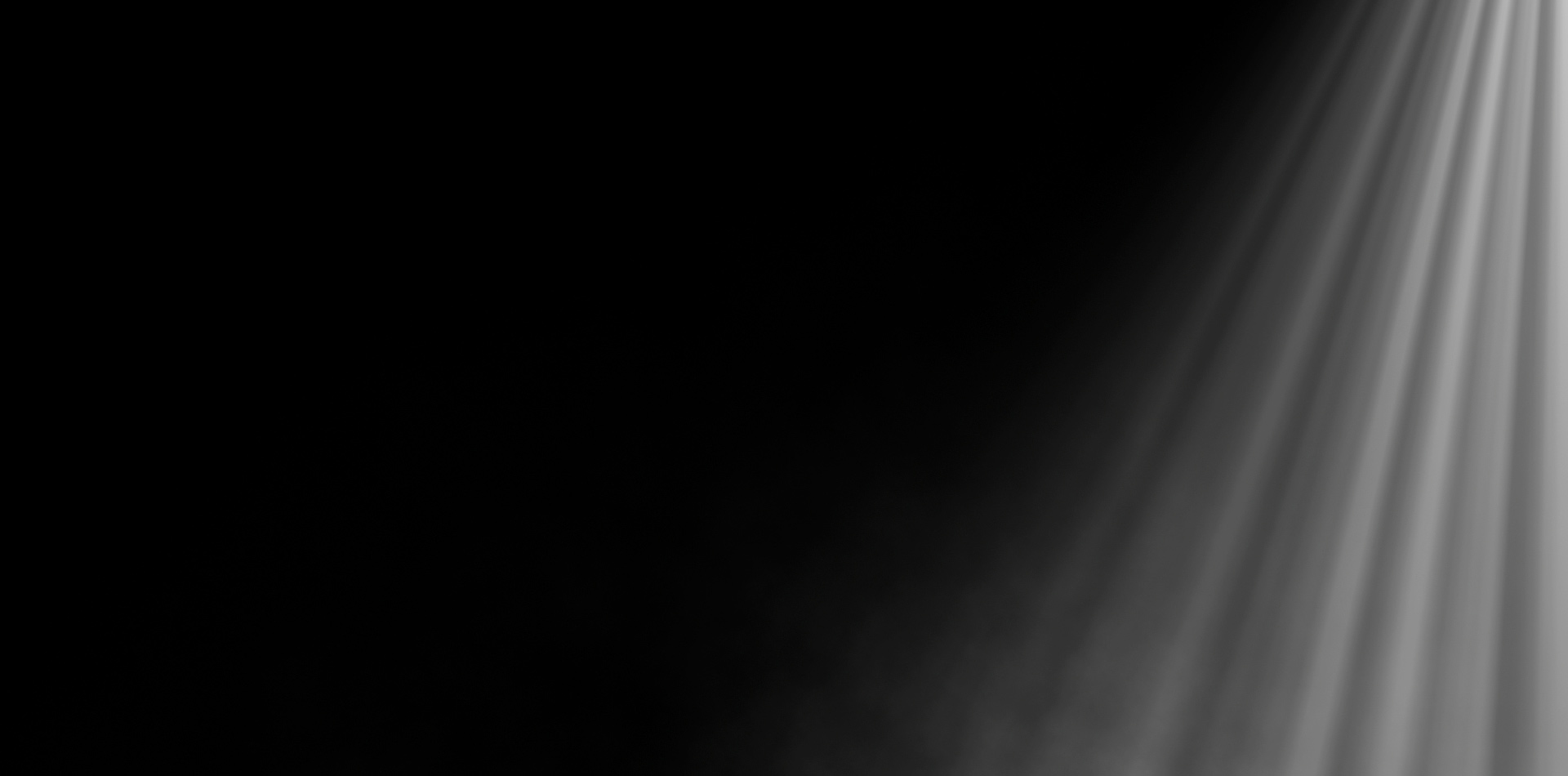Everyday War
As the camera steadily pulls back and forward, we gradually become aware it is sometime in the afternoon. The layout of the space suggests that it is a studio apartment of a middle-class bachelor. The television, softly murmuring in the background, broadcasts a news program. An electric fan oscillates, a cup of coffee sits on the table – suggesting that the occupant has temporarily left the scene.
The camera pans back and forth in a linear, scanning motion, methodically surveying the residential space. Sudden, the sound breaking glass is heard, accompanied by the sight of erupting flames. An explosion rips through one of the windows, and the remaining windows follow suit. Objects in the room are also successively obliterated, as though an invisible specter of a fighter jet has reduced the entire house into ruins, reminiscent of a post-war wasteland. As the camera continues its steady, linear, back-and-forth motion, the devastated home gradually returns to its original state, as if nothing has happened. The sunlight begins to change, casting shimmering beams that permeates the interior, creating a scene steeped in surrealism.
War may be ostensibly remote, but it manifests with an unsettling proximity. When the constructs of “war” transcends the conventional confines of artillery and military conflicts to encompass the disparity of post-capitalism, pandemics proliferation, cyber aggression, climate anomalies, and ethnic oppression, it becomes evident that war-like conditions have long permeated our daily lives. The 2014 exhibition, Uncanny Tomorrow, points to our anxieties about the future, while the 2018 exhibition Tomorrowland is a pessimistic interrogation of the possibilities of utopia amidst our current milieu of disillusionment and perplexity. The iterative invocation of “tomorrow” in the two exhibition titles is a poignant allusion to an anxiety about the future. Everyday War not only seeks to allegorize the anxieties and threats that pervade the Taiwanese zeitgeist at present, but also return from a critique and interrogation of the “future” to an engagement with “present” realities, entering into a “war in daily life” and “the dailiness of war.” Through images of the space of a mundane living room, the work reveals an absurd reality, but the absurdity of this reality is incontrovertibly plausible.


